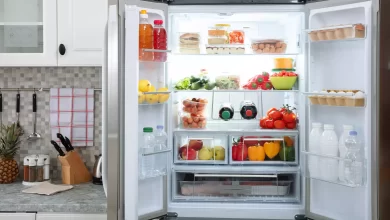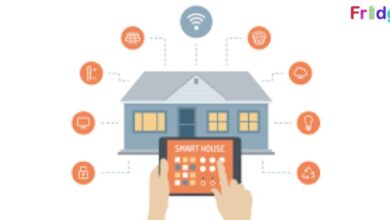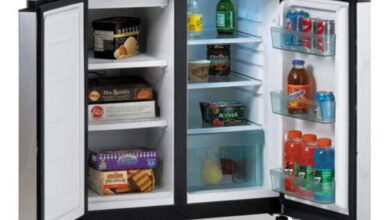Elevate Your Lifestyle with Smart Home Comfort: The Ultimate Guide

The average home is getting smarter all the time. A user-friendly, linked home is now easily accessible thanks to an expanding selection of gadgets and expert system solutions. This essay seeks to define a Smart home comfort precisely, identify the features and operations that can be profitably networked, and discuss why wireless technology is the best choice.
Smart home comfort provide its residents with greater security and comfort. Costs are decreased while energy consumption is optimized. Therefore, it should not come as a surprise that the trend towards intelligent houses is continuing to develop, as the German smart home market will attest. The turnover for 2020 was 4.272 million euros, according to Statista. Turnover is anticipated to reach 6.686 million euros in 2024. This is a growth rate of 11.8% annually. fridgeblog.com will provide some of information for you in this post.
Post Contents
What is a Smart Home?

Smart home comfort is a form of residential building automation. Various technical appliances can be controlled outside, communicate with one another, and form a network. A central control unit can be used to relay data that the network has collected. Smart Living, Connected Home, House Automation, and eHome are further definitions. Advanced Ambient Assisted Living (AAL) is the common name for automation solutions for senior adults.
How does a Smart Home function?
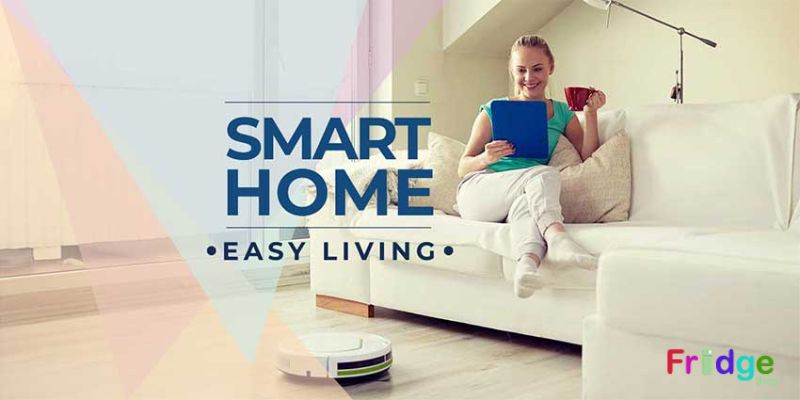
A specialist A Smart home comfort is an intelligent system that connects separate parts (sensors and actuators). On the basis of thorough data collection, this provides the technical foundation for automated control and flexible operation of home technology. For instance, accurate temperature monitoring of each individual room is necessary for efficient heating control.
In general, an internet-connected central control unit, often known as a “hub” or “gateway,” analyses sensor-generated data, compares it to user-specific reference values, and sends actuator orders, such as to light switches or heating radiator valves. A Smart home comfort, tablet, or wall-mounted display can all be used for the operation. Alternately, a room-by-room approach could make use of straightforward switches or regional remote controls.
The following areas can be intelligently controlled using networked home technology:
- Shading the lighting
- Security Heating,
- Cooling,
- Ventilation
- Information
- Communications technology for home entertainment
- Charging stations for electric vehicles
It’s crucial to realize that turning a house into a Smart home comfort requires much more than simply using individual clever appliances like voice assistants or smart meters.
Which advantages does a Smart home comfort?
Comfort. Individually tailored lighting and temperature settings are possible in a linked home. The temperature of a room can be changed in line with the amount of people occupying specific areas, with established routines, or with local weather forecasts. Some systems have the ability to analyze heating effectiveness based on user habits and, following a self-learning period, alter heating patterns accordingly.
Continuous monitoring and control of air quality is possible, for example, by checking CO2 loads. Depending on the number of people in the room and the time of day, lighting can be automatically changed. Additionally, certain scenarios can be defined. Comfort and innovation are also increased by the capability of controlling a wide variety of individual Smart home comfort gadgets remotely using a smartphone or tablet.
Safety: The linked house keeps an eye on itself. In addition to cameras and alarm sirens, sensors that detect movement, smoke, fluid leaks, and shattered glass work together to alert users to potentially dangerous circumstances. You can easily check on your smartphone if you leave the house and later wonder if you left a door or window open. The home is safer when the intrusion alarm systems are connected. Automated camera systems can send photographs and videos to the homeowner’s smartphone or use SMS to alert them to intruders.
Energy: Through clever networking, Smart home comfort systems save energy use. Thermostats may detect human presence or respond to changes in temperature and lighting. When no one is in the room or when a window is left open, the heating can be automatically reduced. It is possible to reach and sustain a desirable temperature. The ability to turn off all non-essential electrical appliances at once with a single switch enables for easy energy conservation.
What does wireless technology bring to the Smart Home?
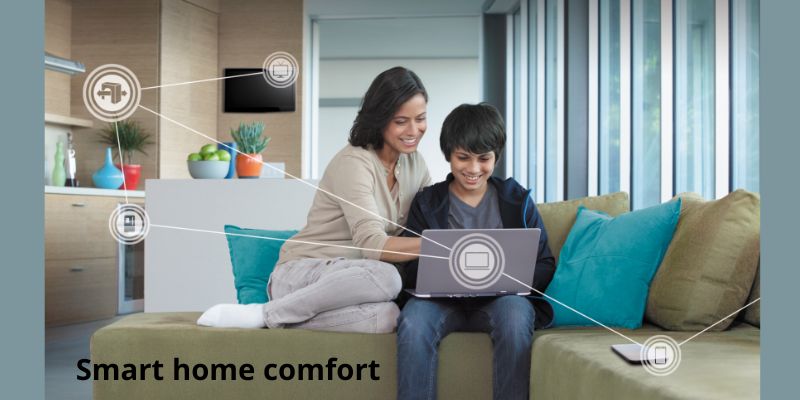
Through wireless technology, many different gadgets can be connected with enormous advantages. No intrusive masonry work or pricey wires are needed for installation. There is no need for cable ducts. Restructuring tasks can be completed affordably in older houses, saving up to 70% when compared to traditional cable-based methods. According to EnOcean, the use of wireless technology in new construction can save costs by 15%.
Wireless technology offers unmatched flexibility once it is established. Switches and sensors can be added or relocated as needed. This presents fresh opportunities for the homeowner as well as the architect and planner. Devices can even be mounted on glass surfaces and thin partition walls thanks to wireless technology.
In the market for wireless solutions, EnOcean’s batteryless wireless technology holds a unique position. This technique frees devices from the need for cords, batteries, or external power. These components can use energy harvesting to obtain energy from their surroundings, such as that produced by solar energy, movement, or temperature changes.
Up to 30 meters can be transmitted indoors and 300 meters outdoors using ultra-low power. The power required for data transmission can be provided by miniaturized solar cells, electromechanical power converters, or thermal converters in place of batteries.
Conclusion: So above is the Elevate Your Lifestyle with Smart Home Comfort: The Ultimate Guide article. Hopefully with this article you can help you in life, always follow and read our good articles on the website: Refrigerator- side by side Refrigerator -Appliances Kitchen Review Blog

